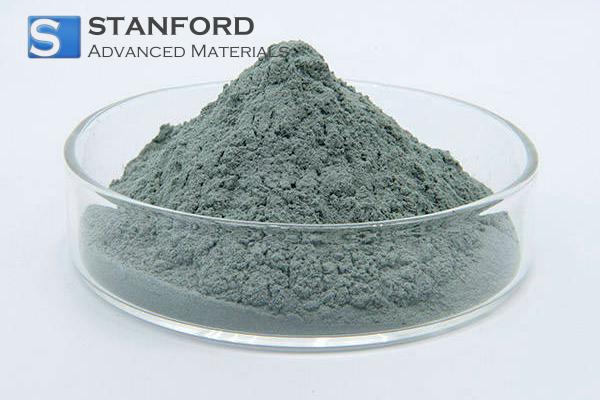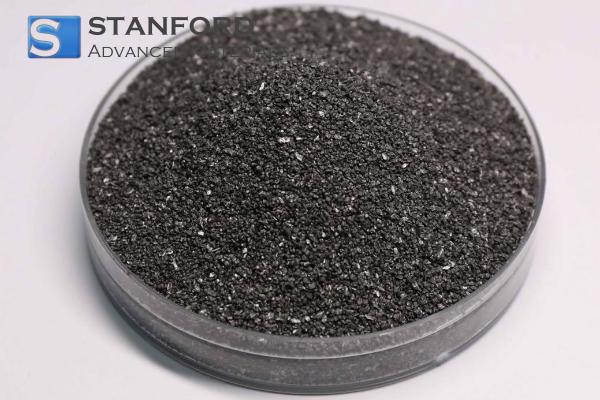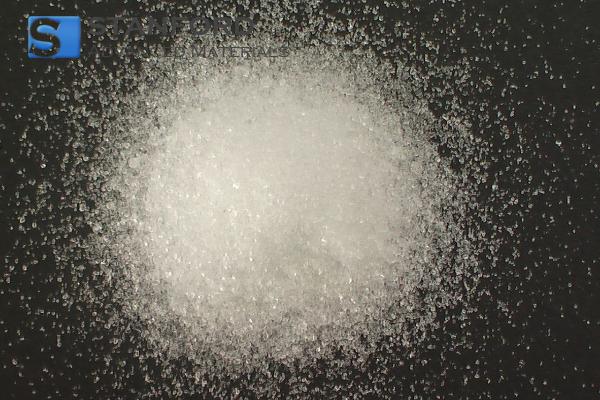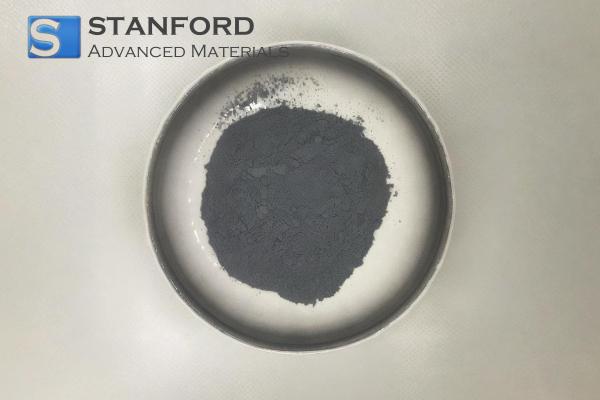A Guide To Specific Activity
Introduction to Specific Activity
The specific activity is an important concept in chemistry and physics, particularly when addressing radioactive substances. It refers to the activity per unit mass of a radionuclide present in a sample. This measurement is used to assess the potential impact of radioactivity in various materials and environments.
Understanding Radioactivity
Radioactivity is the spontaneous emission of particles or electromagnetic waves from the unstable nuclei of atoms. This process results in the transmutation of the original element into another, with energy released in the form of radiation. During radioactive decay, alpha, beta, or gamma radiation may be emitted, each with distinct properties and effects on natural and engineered materials.
Types of Radioactive Decay
- Alpha decay: Emission of helium nuclei, thereby reducing the atomic number by two.
- Beta decay: Emission of electrons or positrons, resulting in a change of the atomic number by one.
- Gamma decay: Emission of high-energy photons, often accompanying alpha or beta decay.
Calculation of Specific Activity
Specific activity is calculated by dividing the total activity of a sample by its mass. The formula is:
Specific Activity = Total Activity / Mass
This calculation provides a standardised measure for comparing the radioactivity of different substances, irrespective of differences in mass.
Factors Influencing Specific Activity
- Half-life of the radionuclide: Shorter half-lives result in higher specific activity.
- Isotopic purity: Higher purity increases the specific activity.
- Mass of the sample: Larger masses reduce the specific activity.
Total Activity in Materials
Total activity refers to the overall radioactivity present in a given sample or environment. It is a cumulative measure that accounts for all radionuclides and their activities in the sample.
Measurement of Total Activity
Total activity is measured using instruments such as Geiger–Müller counters or scintillation detectors. These devices record the number of radioactive decays per unit time.
Relationship between Specific Activity and Total Activity
The specific activity indicates the concentration of radioactive material in a sample, whereas the total activity provides an aggregate measure of all radioactivity present. By comparing both metrics, scientists can assess safety, applicability, and potential risks associated with radioactive substances. Further information is available at Stanford Advanced Materials (SAM).
Frequently Asked Questions
What is the specific activity of radioactive materials?
Specific activity measures the radioactivity per unit mass of a radionuclide and indicates how radioactive a material is relative to its mass.
How does specific activity differ from total activity?
While specific activity focuses on the activity per unit mass, total activity refers to the overall radioactivity present in a sample.
Why is the specific activity important for medical applications?
In medical imaging and treatment, specific activity ensures that the correct quantity of radioactive tracer is used for effective diagnosis or therapy without causing excessive radiation exposure.
Can the specific activity change over time?
Yes, as radionuclides decay, their specific activity declines unless additional radioactive atoms are introduced into the sample.
How is total activity measured in the environment?
Total activity is measured with devices such as Geiger counters or scintillation detectors, which record and quantify the number of radioactive decays over a specified period.

 Bars
Bars
 Beads & Spheres
Beads & Spheres
 Bolts & Nuts
Bolts & Nuts
 Crucibles
Crucibles
 Discs
Discs
 Fibers & Fabrics
Fibers & Fabrics
 Films
Films
 Flake
Flake
 Foams
Foams
 Foil
Foil
 Granules
Granules
 Honeycombs
Honeycombs
 Ink
Ink
 Laminate
Laminate
 Lumps
Lumps
 Meshes
Meshes
 Metallised Film
Metallised Film
 Plate
Plate
 Powders
Powders
 Rod
Rod
 Sheets
Sheets
 Single Crystals
Single Crystals
 Sputtering Target
Sputtering Target
 Tubes
Tubes
 Washer
Washer
 Wires
Wires
 Converters & Calculators
Converters & Calculators
 Write for Us
Write for Us





 Chin Trento
Chin Trento



